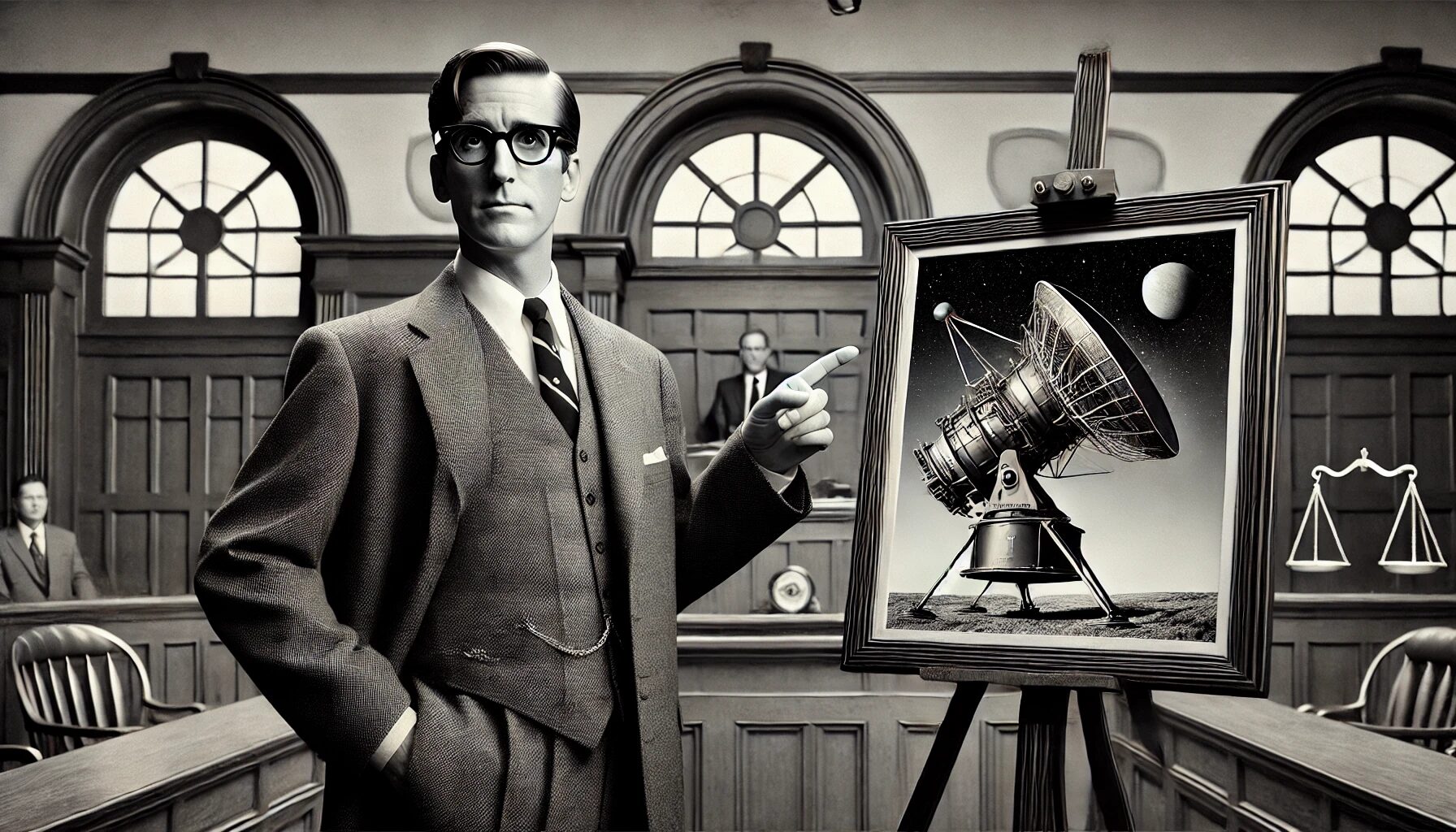Recent recommendations from NASA’s Astrophysics Advisory Committee (APAC) have highlighted a growing concern in the astronomical community: potential budget cuts to the Hubble Space Telescope and Chandra X-ray Observatory. While NASA faces tough budget decisions, the committee strongly argues that cuts to these observatories should be kept to an absolute minimum. Here’s why this matters to all of us.
Scientific Powerhouses Still at Their Peak
Despite their years in service, both Hubble and Chandra remain extraordinarily productive. These aren’t aging facilities limping toward retirement – they’re heavily oversubscribed, meaning scientists submit far more research proposals than available observation time. This high demand reflects their continued importance to cutting-edge astronomy.
The APAC’s review found both observatories to be “highly streamlined after years of improvements,” demonstrating their operational efficiency. These aren’t bloated programs waiting to be trimmed – they’re lean operations delivering maximum scientific return on investment.
The Irreplaceable Nature of These Observatories
What makes these telescopes special isn’t just their individual capabilities, but how they work together with newer facilities like the James Webb Space Telescope (JWST) and the upcoming Roman Space Telescope. Each observatory sees the universe in different ways, and combining these views leads to breakthrough discoveries. Cutting Hubble or Chandra creates blind spots in our cosmic vision that other telescopes simply cannot fill.
Consider Hubble’s ultraviolet capabilities and Chandra’s X-ray vision – these wavelengths are impossible to observe from Earth due to our atmosphere’s interference. When combined with JWST’s infrared observations, they provide a complete picture of cosmic phenomena that would otherwise remain partially understood.
The Hidden Cost of Budget Cuts
The APAC raises a crucial point about workforce impacts. Budget cuts often mean laying off skilled personnel – engineers, scientists, and technical staff who maintain these complex machines and process their data. Once these teams are disbanded, their collective expertise is lost. This damage can’t be easily undone, even if funding is restored later.
These teams represent decades of accumulated knowledge about operating some of humanity’s most complex scientific instruments. The loss of this expertise could affect not just current operations but future space missions that would benefit from these veterans’ experience.
Looking to the Future Without Sacrificing the Present
While NASA must invest in future missions, the APAC argues that dramatically cutting currently productive facilities to accelerate future technology development could be counterproductive. The scientific damage from losing Hubble and Chandra’s capabilities now could outweigh the benefits of slightly faster development of future observatories.
This isn’t just about preserving the past – it’s about maintaining crucial capabilities that complement our newest space telescopes. The synergy between current and future missions creates opportunities for discoveries that wouldn’t be possible otherwise. As we look forward to upcoming missions, we must remember that they were designed to work alongside, not replace, our existing observatories.
The Budget Reality
NASA’s Astrophysics Division faces difficult choices in balancing its portfolio amid constrained budgets. However, the APAC emphasizes that preemptive budget actions leading to severe impacts should be avoided. They specifically recommend that no irreversible actions regarding Chandra and Hubble staff be taken until completion of the next Senior Review, which will provide more clarity about the fiscal year 2025 budget.
Congressional Support
Both chambers of Congress have expressed clear opposition to reducing Chandra’s operating budget through various bills. This bipartisan support underscores the broad recognition of these observatories’ value to science and society. The House Authorization bill and two Commerce, Justice, Science Appropriations bills have specifically addressed this issue, showing rare bipartisan agreement on preserving these scientific capabilities.
A Call for Transparency
The APAC strongly recommends that NASA’s Astrophysics Division follow more transparent procedures for large changes to the budget, priorities, and mission portfolio. This includes deferring major, irreversible choices until they are absolutely required and relying more on established community processes such as the Senior Review, mid-Decadal, and Decadal Surveys.
The Global Impact
The impact of these observatories extends far beyond the scientific community. They have:
- Revolutionized our understanding of the universe’s age, composition, and evolution
- Provided iconic images that have inspired millions to pursue careers in science
- Contributed to thousands of peer-reviewed scientific papers
- Helped detect and characterize exoplanets
- Advanced our understanding of dark matter and dark energy
- Captured the public imagination and helped make astronomy accessible to everyone
Looking Ahead
As we navigate these challenging budget decisions, the astronomy community watches closely. The APAC’s recommendations reflect a careful balance between preparing for the future and preserving the incredible capabilities we have today. Their message is clear: while we must plan for tomorrow’s discoveries, we shouldn’t sacrifice today’s scientific productivity.
The Bottom Line
The decisions made in the coming months will have lasting implications for astronomy. As the APAC notes, these choices could have effects that “last a generation.” The committee’s recommendations provide a pathway to maintain these vital scientific assets while responsibly planning for the future.
The preservations of Hubble and Chandra isn’t just about maintaining two space telescopes – it’s about protecting our ability to explore and understand the cosmos in its full complexity. As we face these important decisions, we must remember that some choices, once made, cannot be easily reversed.

